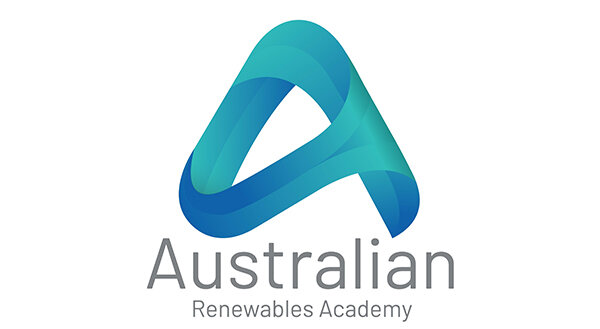From Concept to Capacity: How Swinburne’s Energy Transition Hub is Accelerating Australia’s Clean Energy Workforce
LabVolt Series modules (by Festo/Siemens) used at Swinburne for learning about power electronics and electrical circuits (including for training to work on clean energy grids)
In July 2025, I had the privilege of visiting the Siemens–Swinburne Energy Transition Hub at Swinburne University's Hawthorn campus, and what I experienced left me optimistic, challenged, and energised about the scale of the opportunity and responsibility we now carry in transitioning Australia’s workforce to a clean energy future.
Led by Professor Mehdi Seyedmahmoudian, the Hub is more than just a research facility — it’s a working example of how industry, academia, and peak bodies can come together with purpose and urgency. The Hub’s work spans smart grids, vehicle-to-grid systems, renewable integration, and hydrogen – but critically, it’s also becoming a living laboratory for workforce development.
Building Capacity for the Energy Workforce We Need
A key part of our discussion focused on the role of the Hub in training the next generation of electrical engineers, energy technicians, and transition workers. With electrification and energy systems shifting at pace, there is a pressing need not just to train more people, but to train them differently.
This includes:
Micro-credentials designed for industry deployment
Work-integrated learning that matches classroom knowledge with grid-level reality
Upskilling programs for workers transitioning from adjacent sectors — including traditional trades, manufacturing, and fossil-based energy industries
The Hub is ideally positioned to lead this transformation, offering real-world infrastructure, interdisciplinary leadership, and strong industry partnerships.
A Collaborative Model Worth Scaling
In our conversations, Mehdi and his team reflected on the power of the tripartite model that underpins their work, where academia brings research strength, industry defines workforce need, and organisations like ours help align the delivery mechanisms.
This is precisely the kind of ecosystem that can:
Accelerate workforce placement in clean energy
Respond flexibly to changing technology platforms
Embed lifelong learning into future workforce planning
However, Swinburne’s approach isn’t just academic — it’s strategic, applied and scalable.
What’s Next
We’ll be exploring opportunities for collaboration between the Australian Renewables Academy (ARA), Workforce Plus, and the Energy Hub. From industry-led micro-credentials to regionally delivered training pathways, we see strong alignment between the Hub’s technical capability and our mission to support workers, particularly in regional and transitioning communities.
Big thanks to Mehdi and the SwinbTurne team for their generosity and insight.

